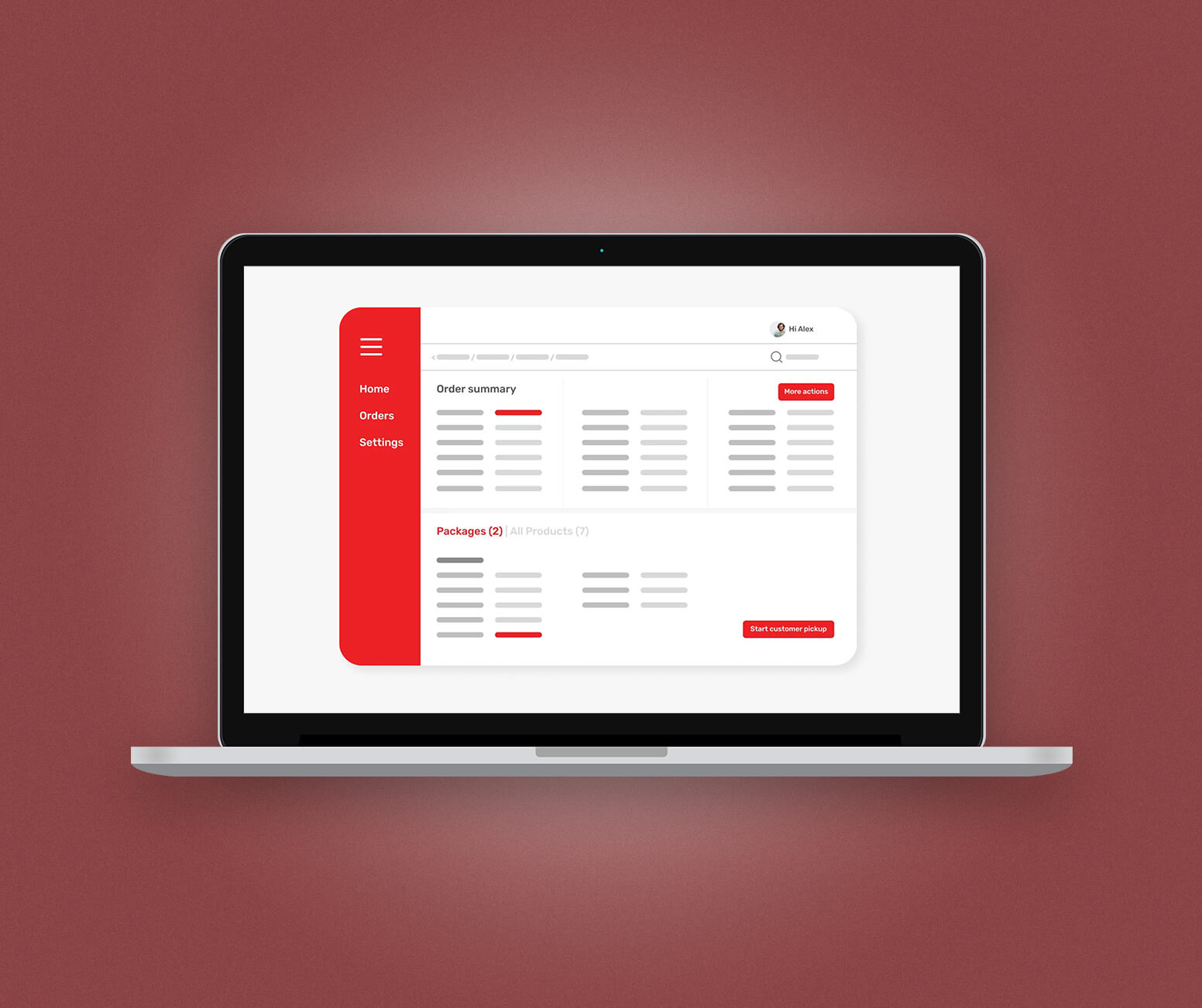Here at Builder.ai, we’re obsessively passionate not just about software development with Builder, but also incredibly effective cloud management with Builder Cloud. As we’ve seen recently, technology can get complicated and confusing--so we wanted to share information to help demystify the experience with you, our dedicated community of savvy Builders. Are you curious about what’s true and what’s not around cloud computing? Read on, Builders!
#1 Cloud computing is less secure than on-premise facilities
This hasto be one of the top myths about cloud computing! Security risks in the cloud are the same as those faced by traditional IT departments. But, in the case of the cloud, you and your cloud provider share the security responsibility. The security used by well-known cloud vendors is often better than their clients. That’s because cloud vendors have dedicated resources and the skills to keep it up to date. The cloud offers more stability through its various levels of redundancy. A natural disaster or act of God could wipe out your physical facility, whereas cloud providers enable you to store your priceless data in other unaffected geographic locations.
#2 The cloud should be used for everything
Definitely not so. The cloud is not a cure-all, one-size-fits-all-venture. It is not a magic “silver bullet”. Computing on the cloud should be analyzed like any other endeavor to reveal the benefits and risks. Cloud computing really shines when the business expands (or contracts) and the business can scale its exposure and costs. A kind of pay-as-you-go mentality. Don't be afraid to propose non-cloud solutions when appropriate. And don’t fall into the trap of “because the CEO says so”. Talk to your IT staff or technical consultants.
#3 Using the cloud will eliminate your control
Again, this is just another myth. Maybe you’re unsure about switching to a virtual cloud solution because you’re worried about the loss of control. It’s true you’ll no longer be in charge of your own servers – this can be a good thing. And yes, you’ll be relying on an outside environment to run your analytics, but often these processes are carried out in a fraction of the time. This means you’ll finish your projects faster and it will free you up for other critical areas of the business. Importantly here, the cloud allows you to access your important files and applications from anywhere there is an internet connection and again, there’s that remote backup of critical data. Now, what were you saying again about control?
#4 Cloud computing is too expensive
That is not necessarily true. As with any service, the cost of being on the cloud varies based on your needs, the number of users, and the provider whom you choose to work with. What IS certain is that over time think of how much you will spend on software, hardware upgrades, repair and IT personnel. Technology is advancing exponentially and it can be difficult to keep up as your on-premises infrastructure becomes obsolete. Think of the capital saved by not investing in expensive servers and IT staff to run them.
#5 Using the cloud only benefits large companies
Again not true. Actually, if you represent a small to mid-size company, it might be easier to transition than a large company. Large enterprises usually have their own in-house data servers, email application and storage of files. And, since they are larger, the necessary investment in on-premises computing means it will be costly for them to update those systems on a regular basis.
#6 All cloud security is the same
Absolutely not. This is a very common misconception about the cloud. Sometimes, even two cloud environments managed by the sameprovider might have very different security measures in place. That is because of which add-ons have been enabled on each cloud environment. This underscores why it’s important to verify just what security measures the cloud provider will be using for your cloud environment before you sign a service agreement. You should know not only know that a firewall is being employed but which firewall the cloud service provider is going to use and the reasoning behind it.
#7 The cloud will mean that you shut down all of your on-premises structure
That is not true as well. Generally speaking, data center outsourcing, data center modernization and data center strategies are related to, but not synonymous with, the cloud environment. Do not take an all-or-nothing approach but look at it on a case-by-case basis.
#8 Cloud providers are responsible for all aspects of data security
Wrong. The relationship between your company and the cloud provider is a partnership. Both parties have a vested interest in ensuring that your data remains safe and secure. Even after you move to the cloud, your business will need to use due caution for securing data on local devices and for data that is transmitted outside of the business. It means that you should make sure all employees practice account theft prevention techniques such as not sharing passwords or suspect emails. This includes timely revoking of access of former employees, partners or customers.
#9 Compliance eligibility will suffer on the cloud
The key to remaining compliant with such environments as PCI, HIPPA or GDPR is to choose a cloud provider knowledgeable about these requirements. By doing your due diligence, using the cloud can make meeting certain compliance standards easier.
#10 The cloud is not for mission-critical use
Again, using the cloud is not all-or-nothing. If your definition means highly-complex systems, you might want to phase in your use of cloud computing or employ a hybrid solution.These 10 myths represent just a few myths about cloud computing. There are certainly more, but we hope it gets you to re-think your approach or hesitation in employing it as a business solution. If you’d like more information about transitioning to the cloud, we’re here to help with Builder Cloud - at your service!
Stories published by the editorial team at Builder.ai.











 Facebook
Facebook X
X LinkedIn
LinkedIn YouTube
YouTube Instagram
Instagram RSS
RSS


